Jobs Market Holds Steady Ahead of Trump Tariffs Announcement
Job openings slipped to 7.6 million from 7.8 million in January, according to the Labor Department’s Job Openings and Labor Turnover Survey.

Job openings slipped to 7.6 million from 7.8 million in January, according to the Labor Department’s Job Openings and Labor Turnover Survey.

Despite widespread media speculation about negative economic impacts from the Trump administration’s tariff policies and federal workforce reductions, the labor market data indicate ongoing stability.

Job openings came in significantly higher than even the most optimistic forecasts.

The stronger than expected job openings figures call into question the need for further rate cuts from the Fed and cast doubt on the wisdom of the rate cuts in September and November.

Job openings fell last month to the lowest level in three-and-a-half years, data from the Department of Labor showed Tuesday. Openings declined to 7.44 million in September from 7.86 million in the prior month, the Department of Labor’s Job Openings

State and local government jobs and construction jobs accounted for the majority of the increase.

The latest sign of weakening demand for workers

The labor market is not as tight as it has been over the past two years but it remains historically tight.
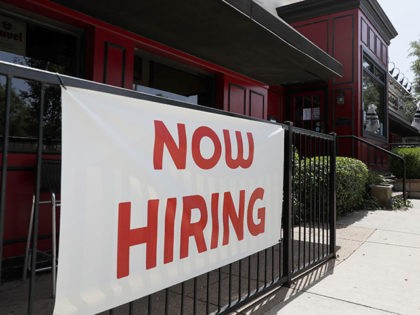
Those looking at the Job Openings and Labor Turnover Survey (JOLT) and seeing it as a roadmap to a July rate cut have taken a wrong turn.

The number of vacant jobs in the U.S. fell to just over eight million in April, indicating that employer demand for labor has slackened and reviving hopes for interest rate cuts this year.
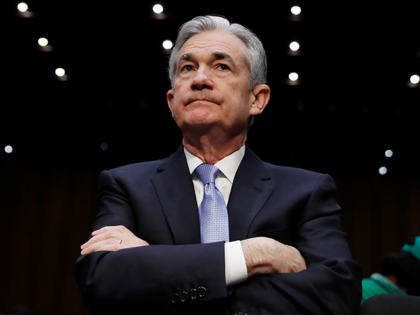
Job openings fell but private sector quits rose.

The JOLTS report casts further doubt on the need for a rate cut from the Federal Reserve in the months ahead.
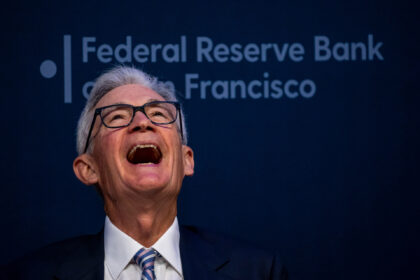
Fed Chair Jerome Powell pointedly declined to defend the establishment view that immigration is a boon for the economy and more immigration even better.

Job openings, hires, and quits all indicate a strong labor market, putting the case for interest rate cuts into doubt.

The Fed Fights Back The Federal Reserve delivered a shock on Wednesday by announcing that it does not anticipate cutting rates until it gets more confident that inflation is moving toward two percent. “The Committee does not expect it will
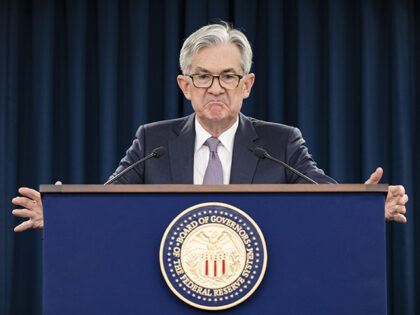
The red-hot labor market that warmed the economy in recent months, showed signs of cooling in November, with employers looking to fill fewer positions, fewer workers quitting, and the number of hires falling. The number of vacant jobs fell to

Could the long-awaited softening of the labor market finally be arriving?

The labor market refuses to cooperate with the “soft landing” scenario for the economy.
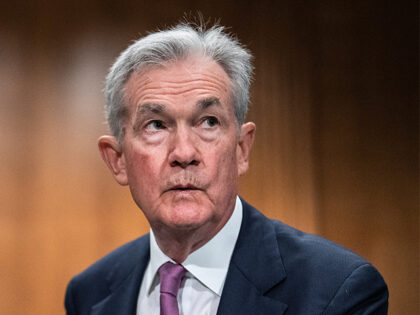
The August job vacancy data is the latest evidence that the economy accelerated in the second half of the year, defying expectations that interest rate hikes would be a drag on growth.

Job openings surged above even the highest estimates, raising concerns that the Fed’s interest rates have not done enough to cool off the economy or ward off another rise in prices.

Today’s JOLTS data provided reassurance to monetary policymakers that inflationary pressures from the labor market may be retreating.

Job openings in the U.S. fell by much more than expected in July, suggesting that the extremely tight labor market may be loosening a bit. The Labor Department’s Job Openings and Labor Turnover Survey, known as JOLTS, showed Tuesday that

Not much to comfort the Fed in the latest JOLTS report.

Employers are still looking for nearly ten million workers.

The labor market is still refusing to cooperate with the narrative that the economy is softening.

So much for the idea that the labor market was softening enough for the Fed to hold off on rate hikes.
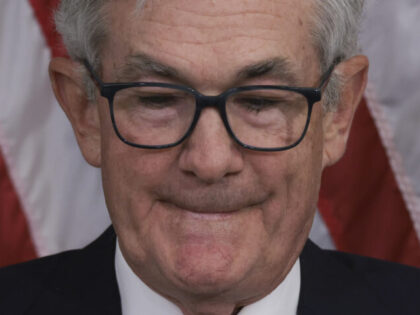
Job openings fell to 9.6 million in March, the Labor Department said Tuesday. That’s the lowest level of openings since April of 2021.
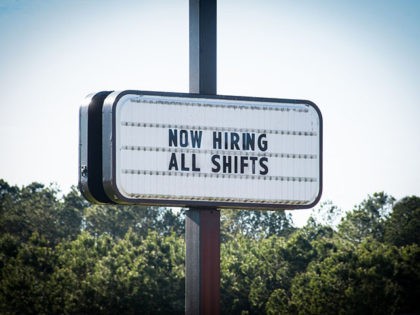
The March jobs numbers that will be reported out of the Department of Labor on Friday may be some of the most consequential of the post-pandemic era.

The number of job openings fell to 9.931 million as of the last day of February.

The market’s expectations for the rate hike coming out of the March meeting of the Federal Open Market Committee (FOMC) moved violently on Tuesday as the Fed chief testified before the Senate Banking Committee.

The Department of Labor said Wednesday that employers had 10.824 million open positions at the end of January, above the expected 10.6 million.

The data this week has made it clear that the Federal Reserve has a lot more work to do to cool down the labor market.
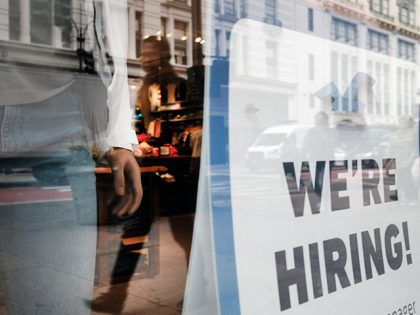
The Fed’s hikes have not done much to loosen labor market conditions.

Job openings fell, reversing the rise seen in September.

If you want to figure out where monetary policy is heading next, watch the labor market.
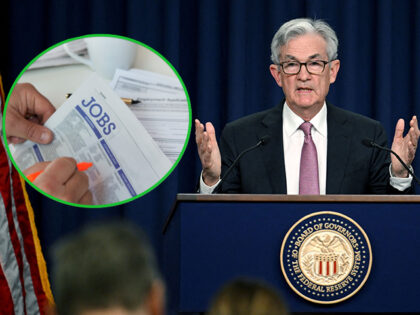
A big and unexpected reversal for the Federal Reserve in a closely watched measure of the labor market. The job vacancy ratio is back up to 1.9.

The Department of Labor will issue its report on September payrolls, unemployment, and wages on Friday. It may be the most hotly anticipated jobs report in recent memory.

Yesterday we explained that good news is bad news. Financial markets on Tuesday confirmed the corollary: bad news is good news.

The number of open jobs in the United States rose in July, defying predictions that vacancies would fall for a fourth straight month and dashing hopes that the Federal Reserve’s monetary policy tightening had already throttled demand for labor.

Jerome Powell’s dream of taming inflation by bringing down job vacancies has turned into a nightmare of an overheating labor market.
